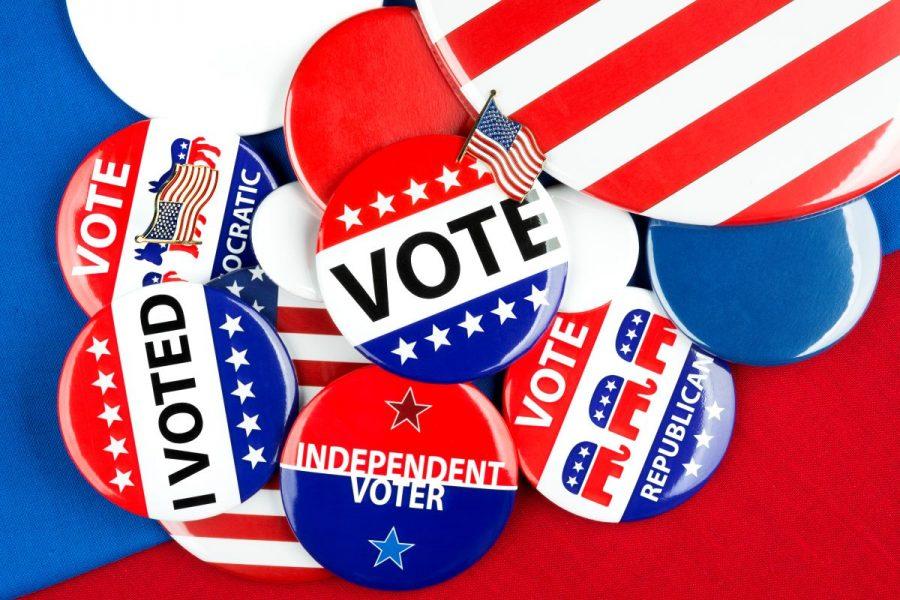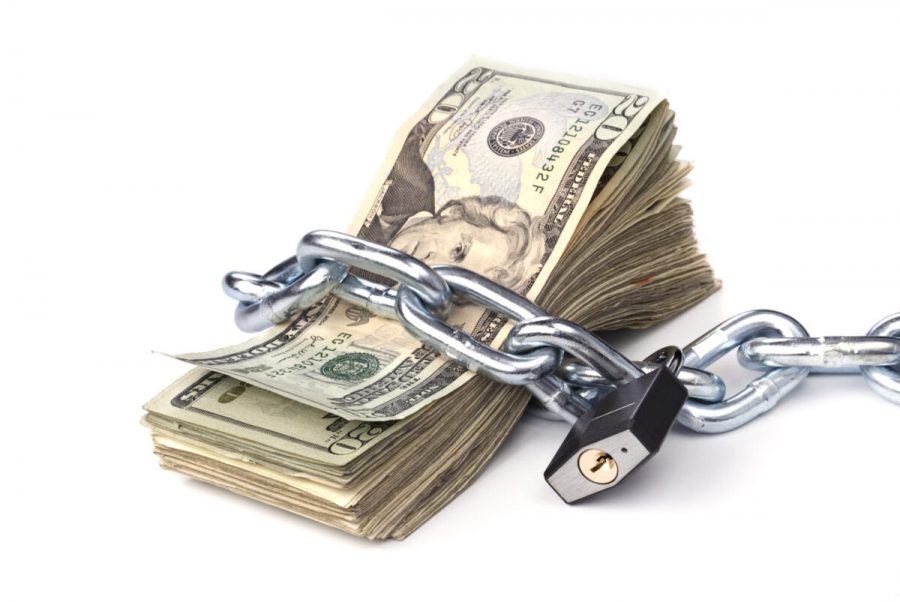Definition and Purpose
Nuclear energy is created from a process called fission, which splits uranium atoms. this process creates steam and by a turbine generator to create electricity. The main use for nuclear power is to supply power to heating, cooling and various other electrical uses.
A Brief History
The first nuclear reactor generated electricity in 1951. The goal of this experiment was to prove that nuclear energy could be created for commercial use. Later on in the 1960s, nuclear power become mainstream, and utility companies began to use nuclear power as a way to fuel their power supplies. In 1991, the U.S. had twice as many nuclear reactors as any other country. In 2019, nuclear provides 30 states with energy.
How nuclear energy has changed
1945 – The first contained nuclear reaction occurred at the University of Chicago, sparking interest in the development of nuclear fission and development.
1950 – In Arco, Idaho, the Experimental Breeder Reactor I created the first light bulb powered by nuclear energy.
1969 – The U.S. sends a nuclear reactor into space to power a satellite.
1970 – The U.S. and 45 other countries sign a proliferation treaty, with clauses to inhibit the use of nuclear power and limits the U.S. to only use nuclear fission for energy.
Controversy
Pro: Keep Nuclear Energy
Cleaner
|
Con: Remove Nuclear Energy
|
Recent News
The purpose of nuclear energy reform is to prevent climate change, the Paris Accords were put in place to reduce the amount of carbon emitted into the atmosphere.
The Paris Agreement attempted to phase out fossil fuels with lesser carbon-emitting products such as nuclear; however, due to the United States pulling out of the deal, the Paris Agreement solved nothing. The United States plans to fully withdraw from the Paris Agreement in Nov. 2020 under the Trump administration; however, that could change with the upcoming election. There have been no recent policy changes in nuclear energy reform.
Public opinion on nuclear energy
According to a study conducted by the University of Texas — Austin, 67% of those living in the U.S. favor nuclear energy, 29% strongly oppose nuclear energy with 4% remaining indifferent.
Sources
https://nuclear.gepower.com/company-info/nuclear-power-basics
https://www.energy.gov/sites/prod/files/The%20History%20of%20Nuclear%20Energy_0.pdf
https://thebulletin.org/2016/04/public-opinion-on-nuclear-energy-what-influences-it/


















































































